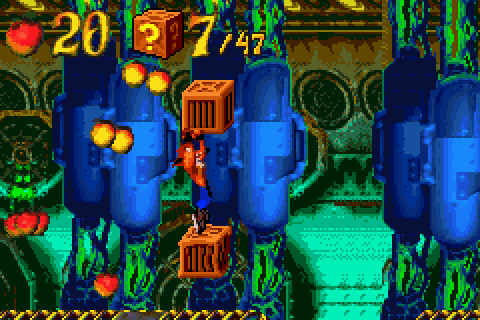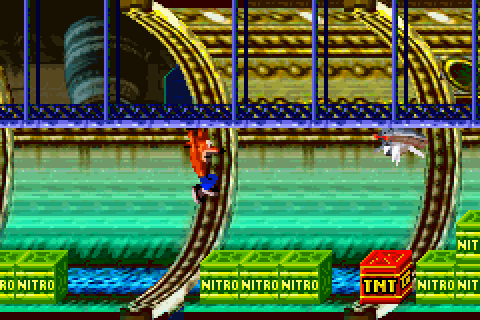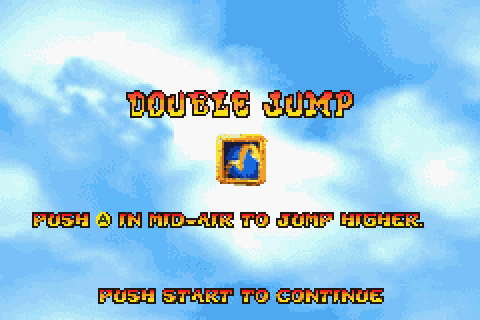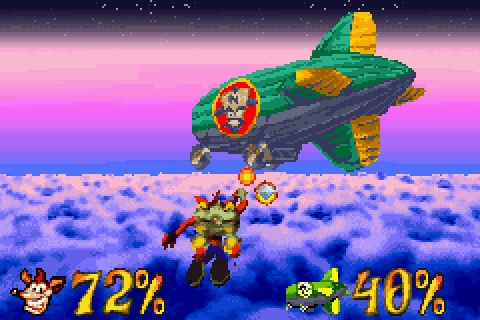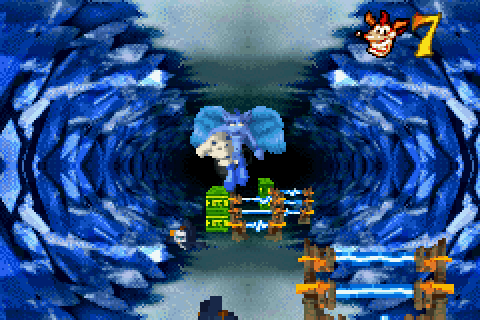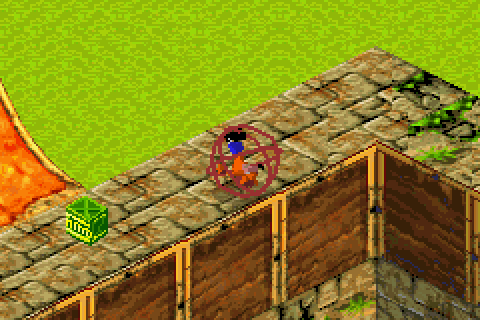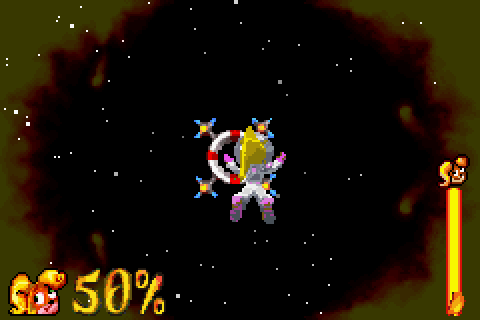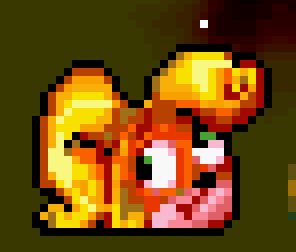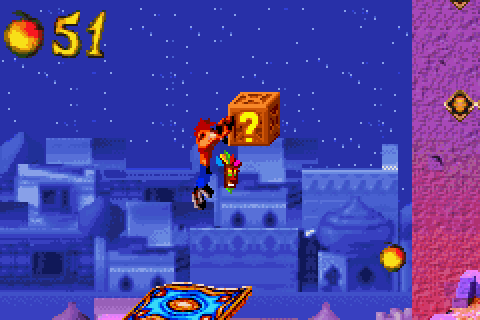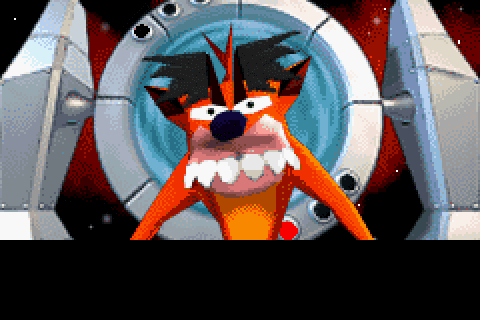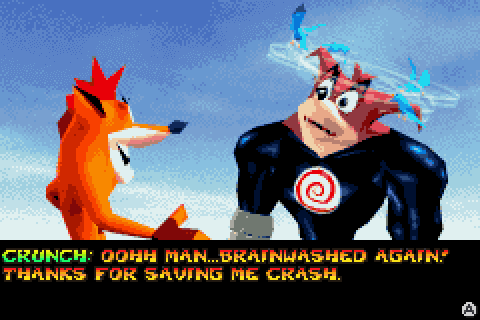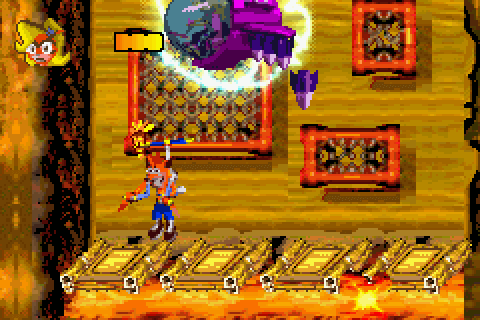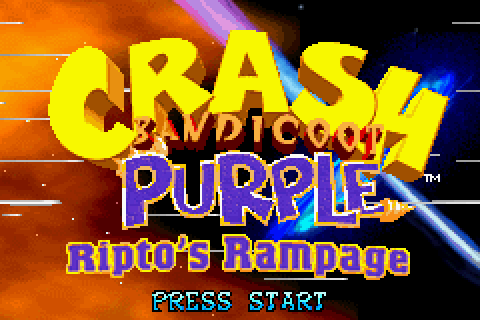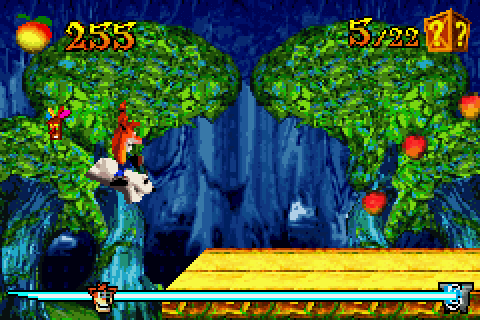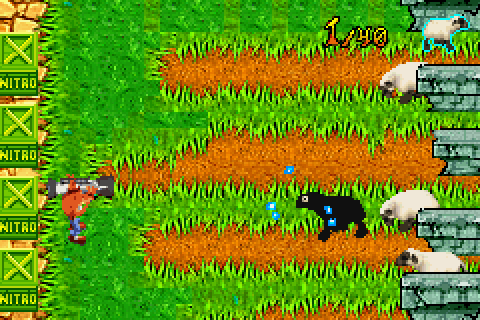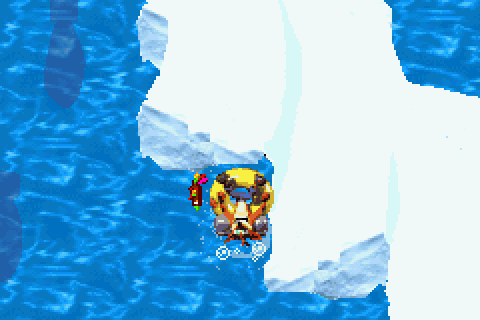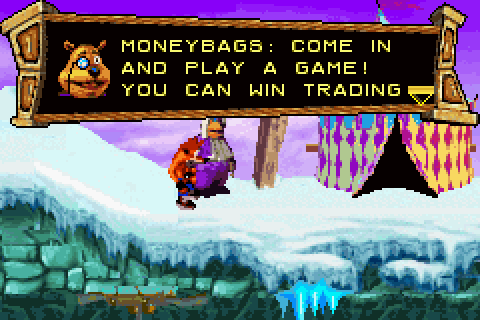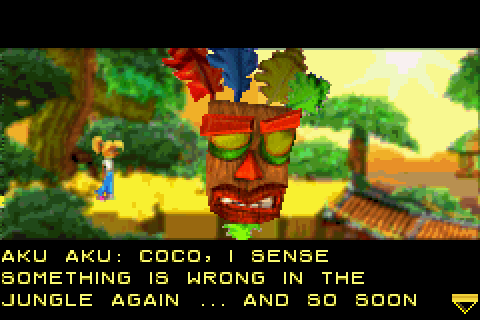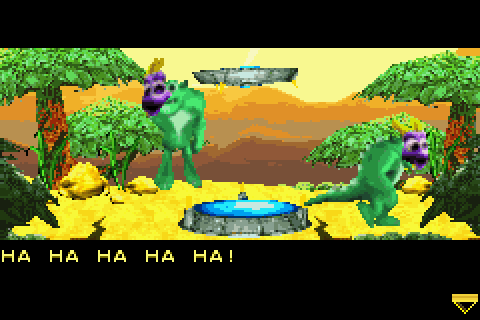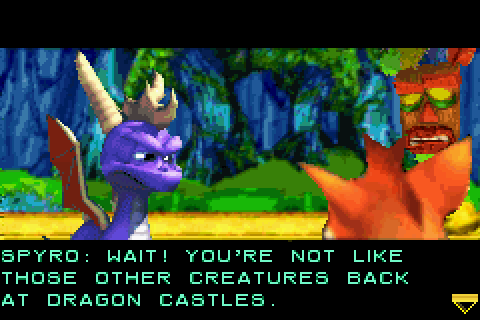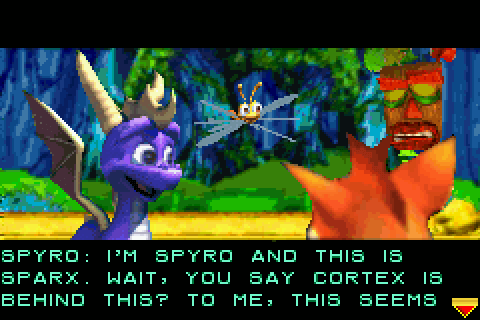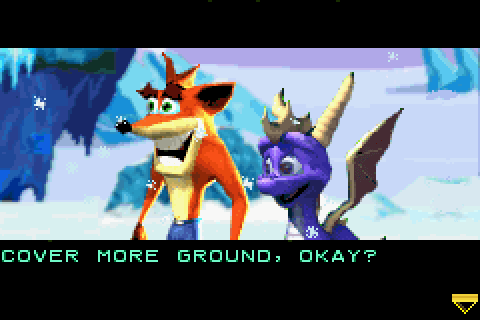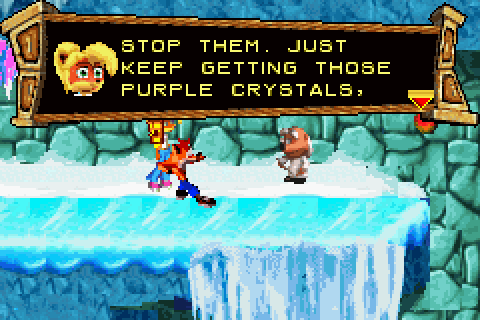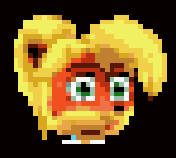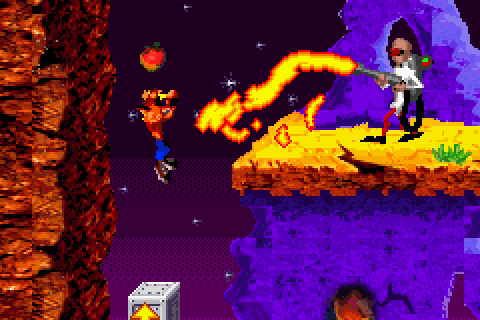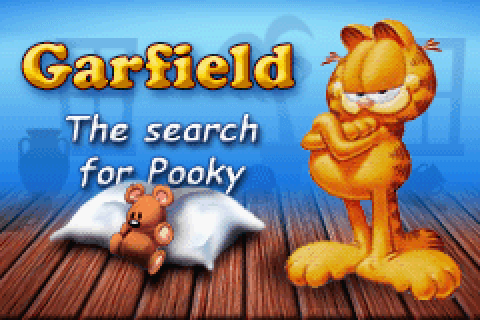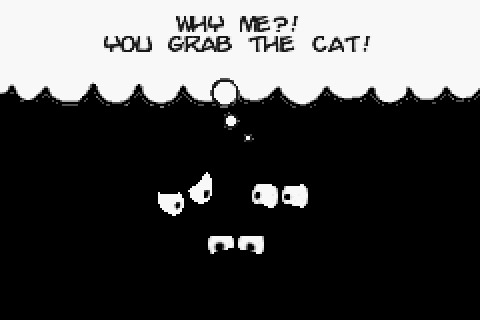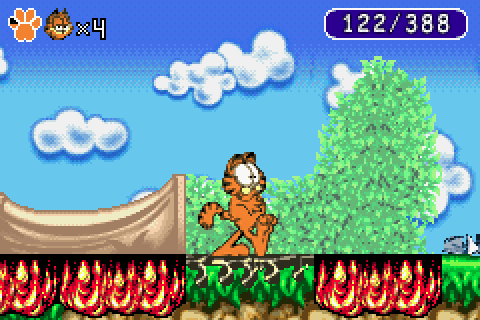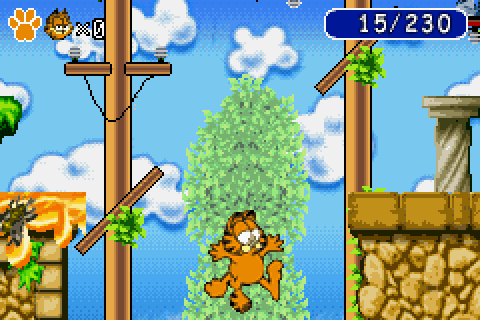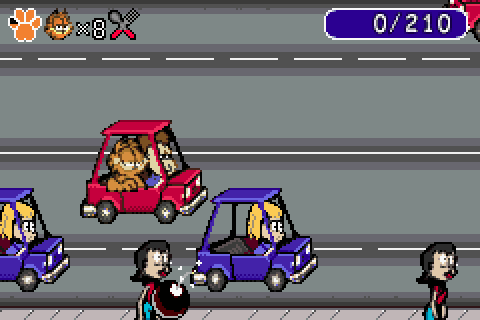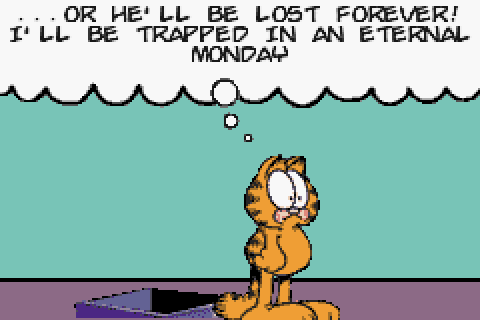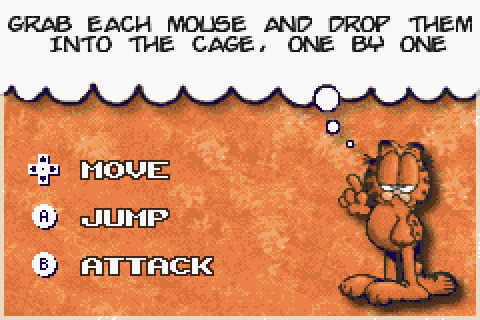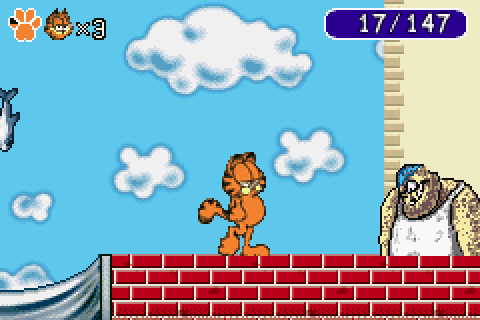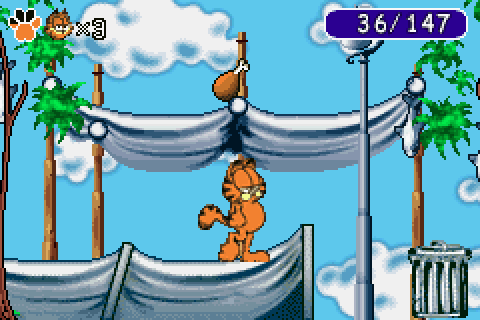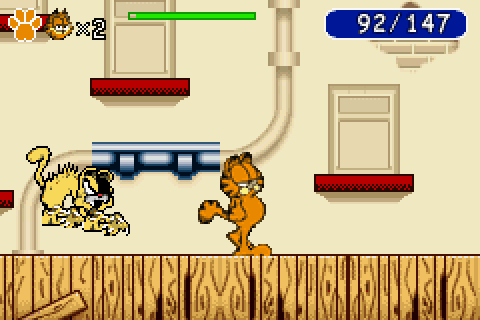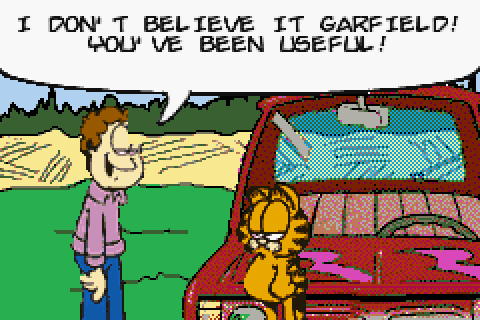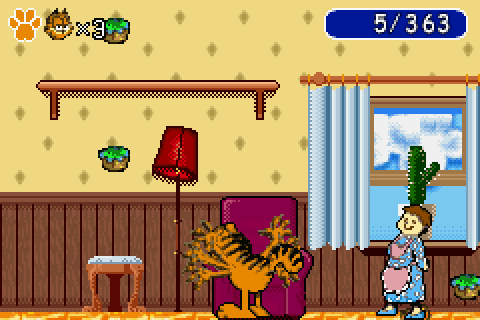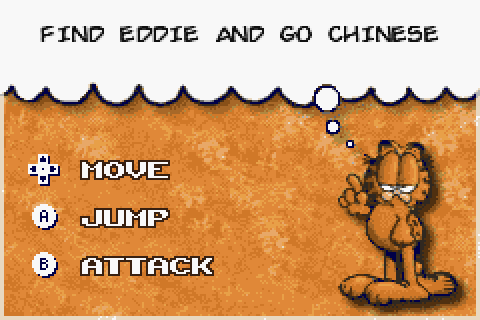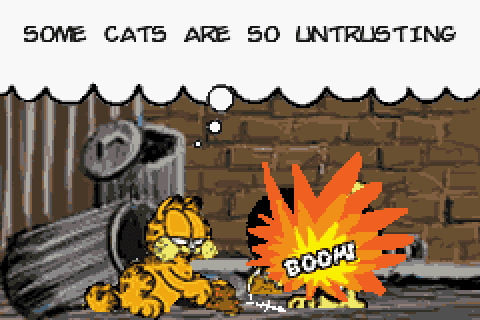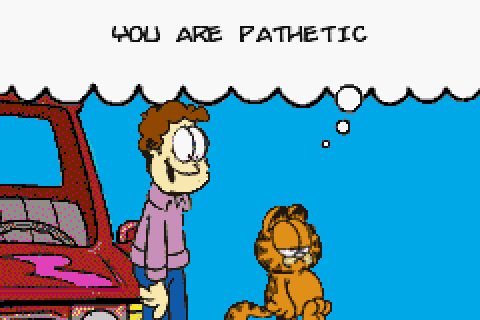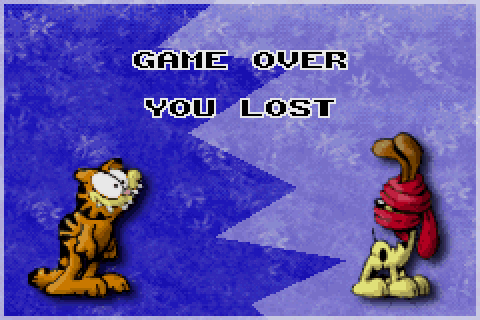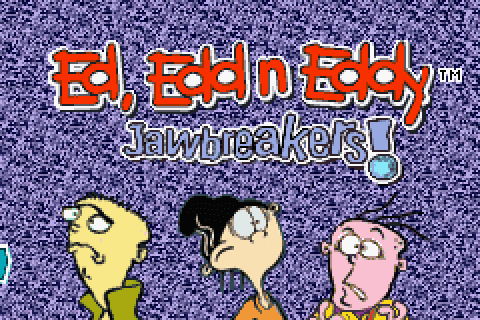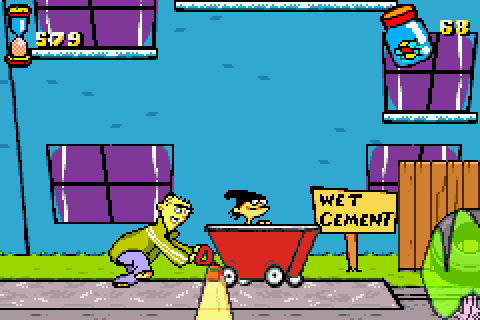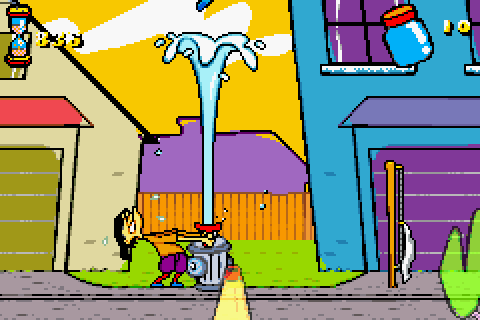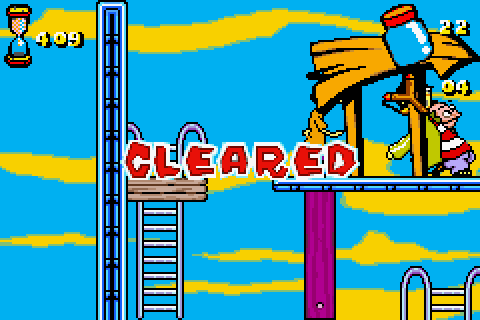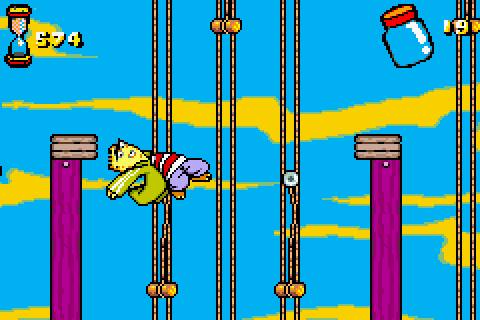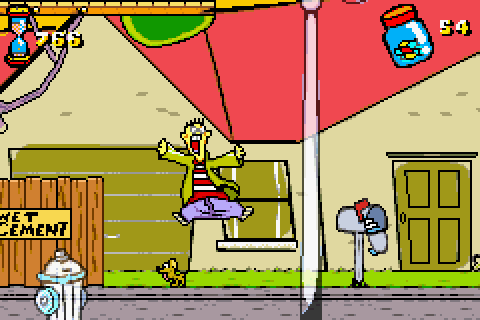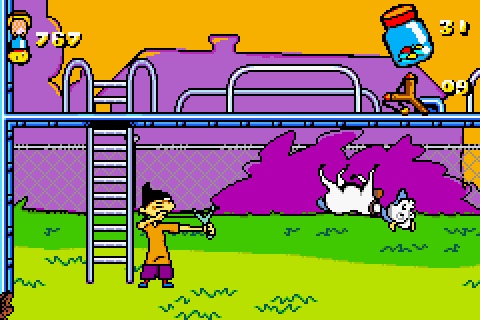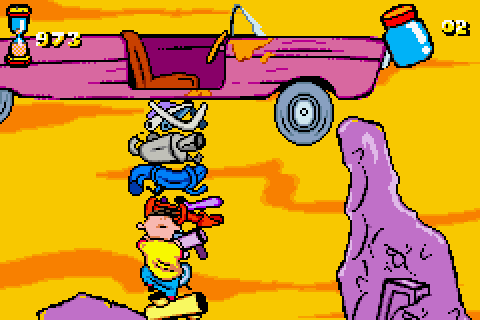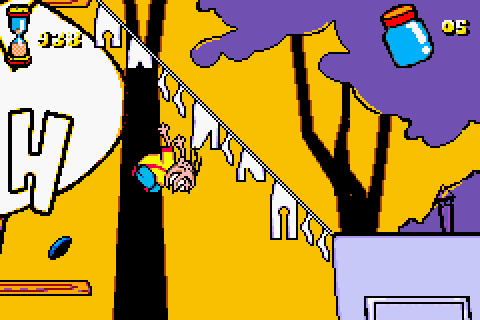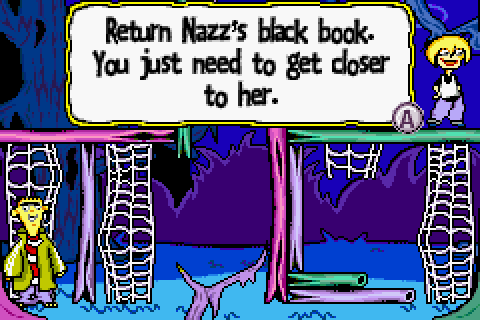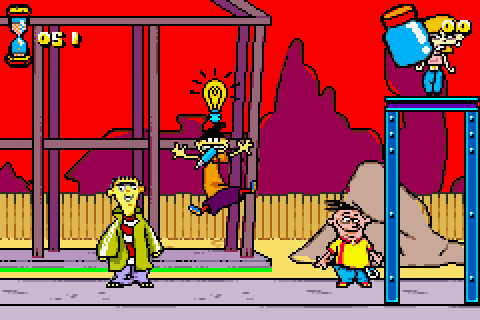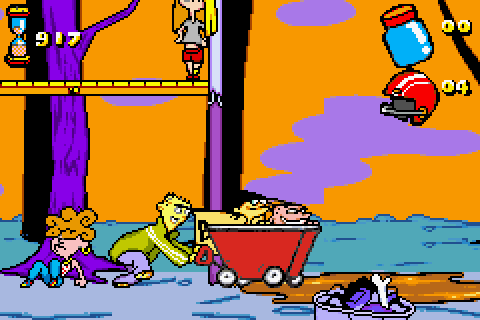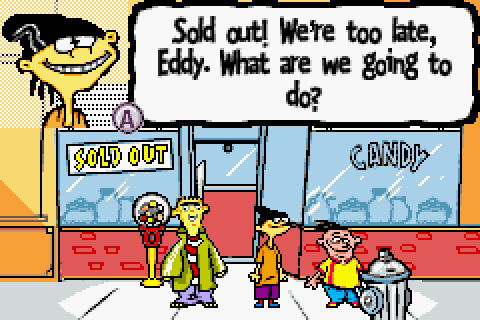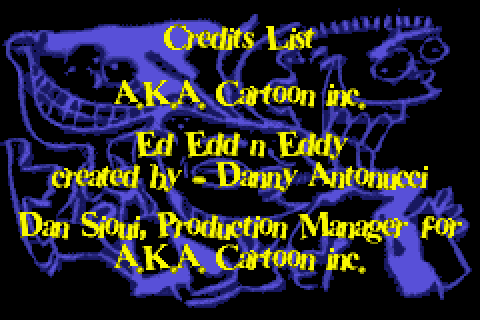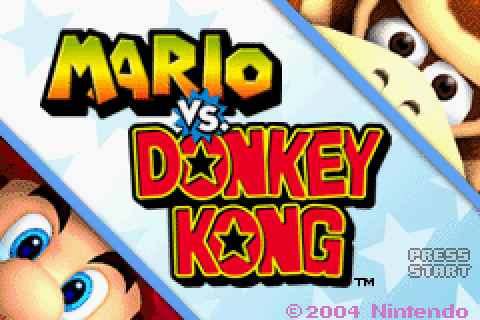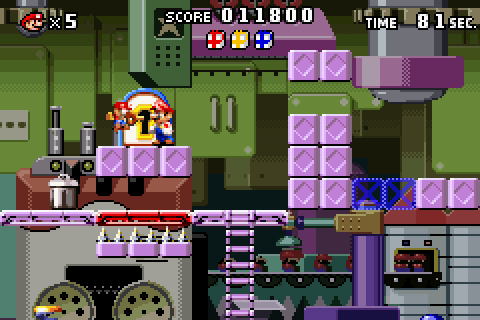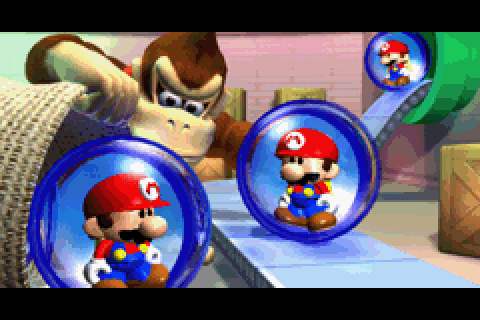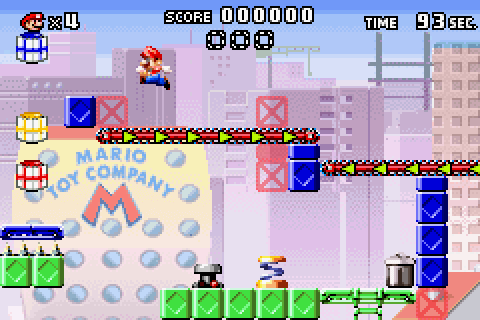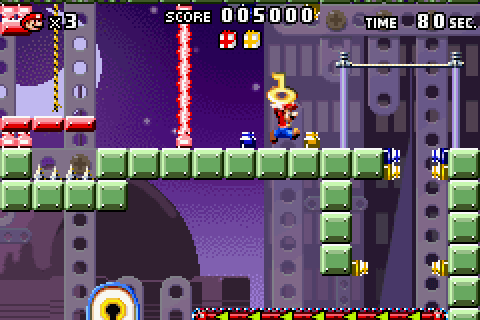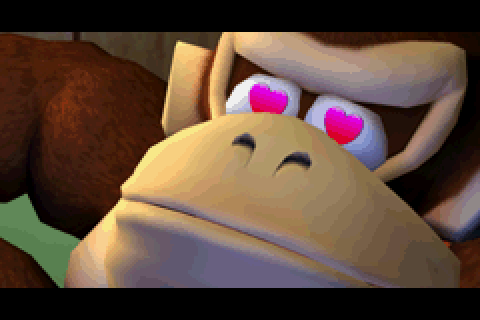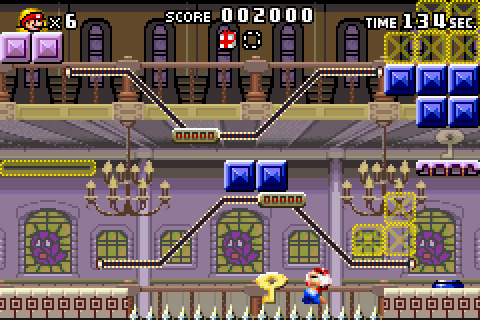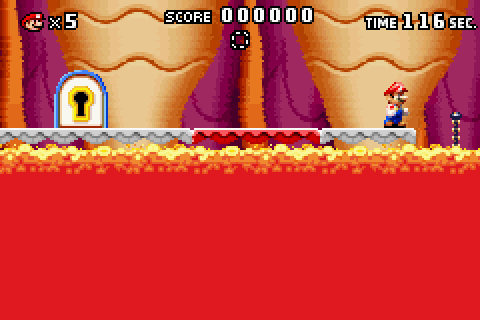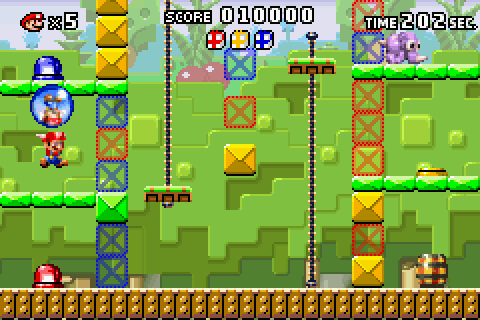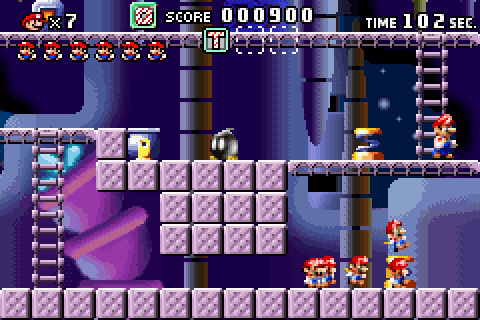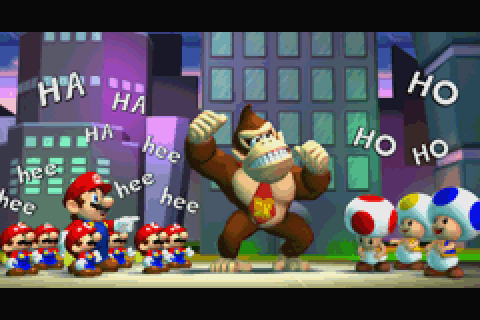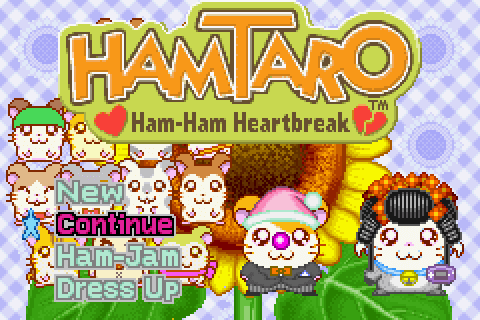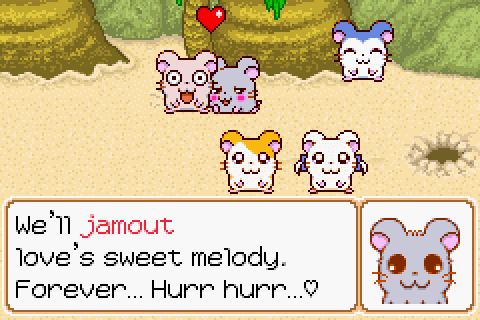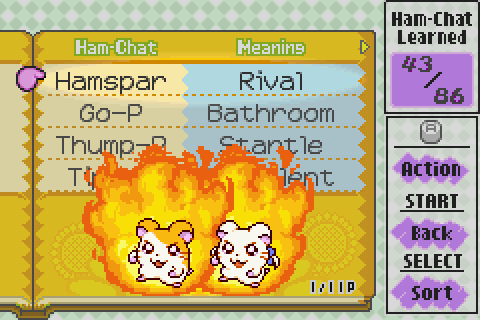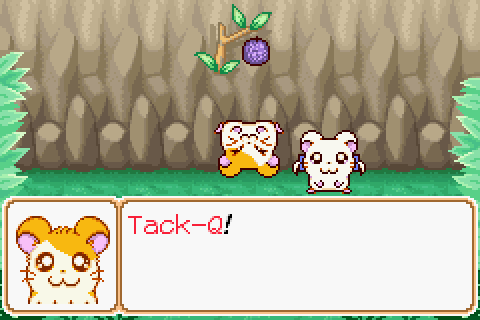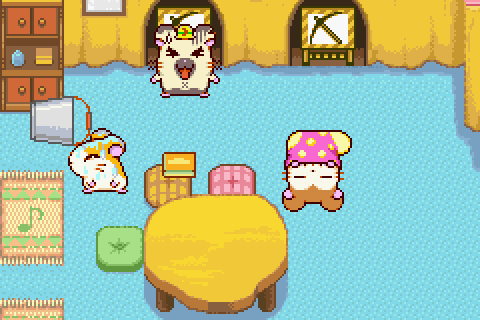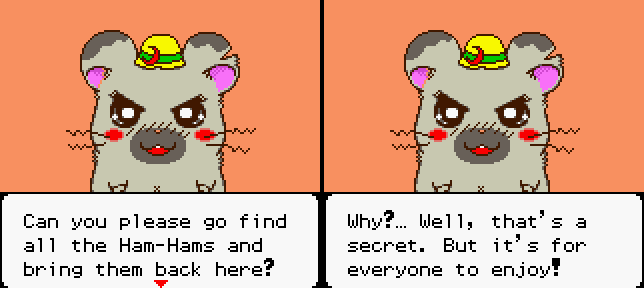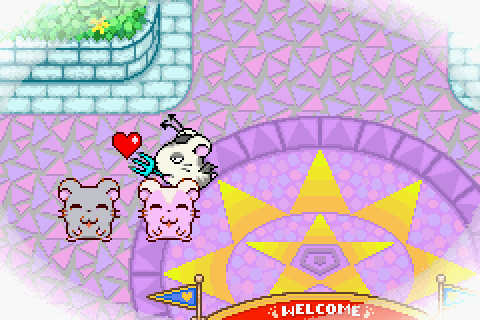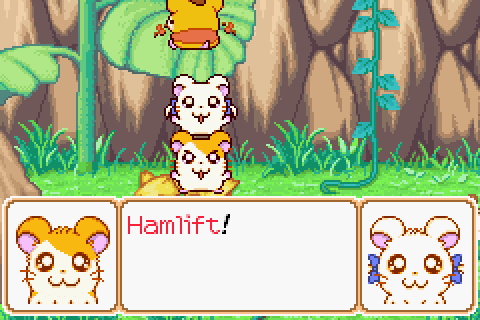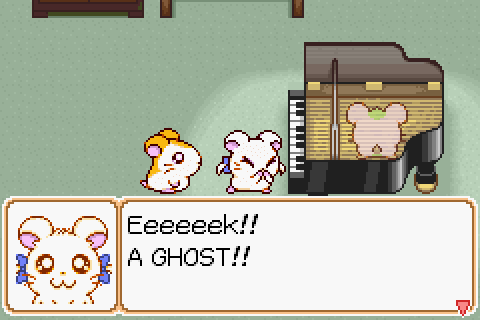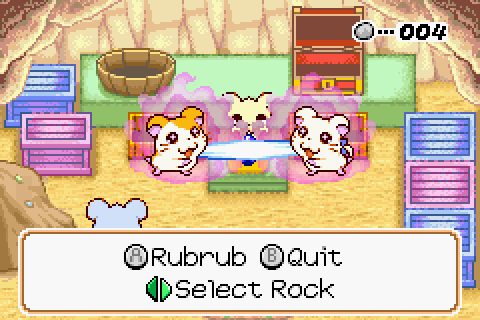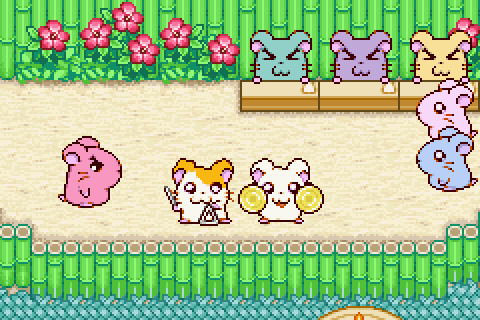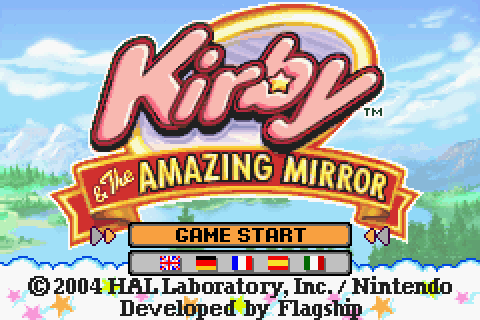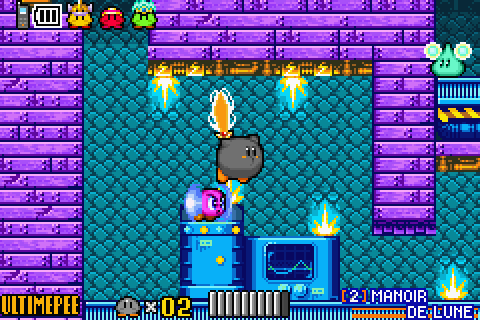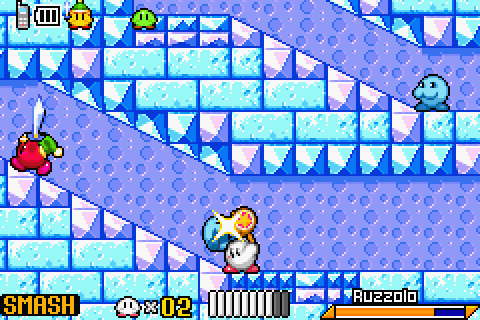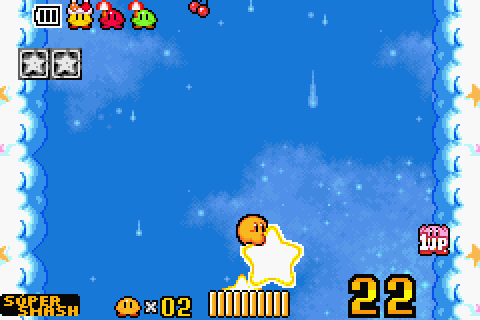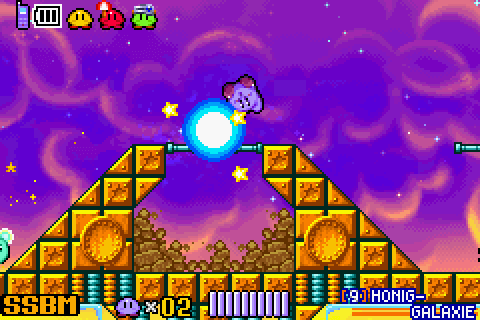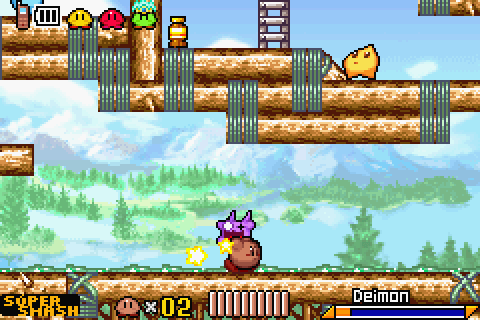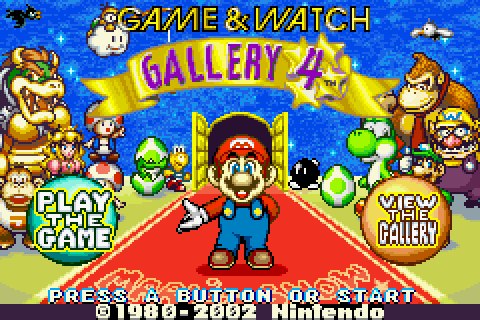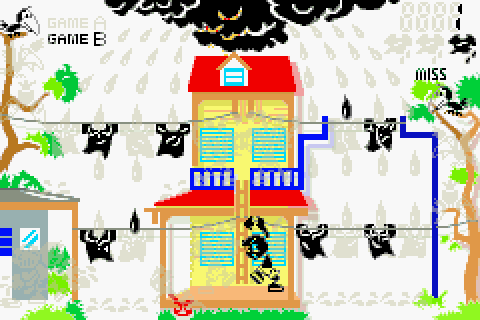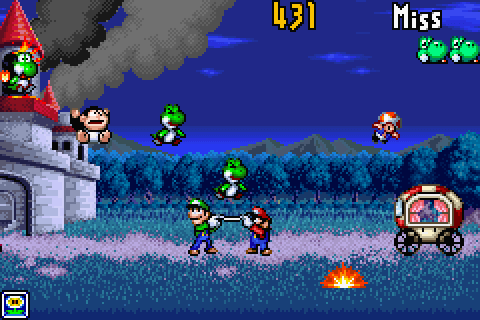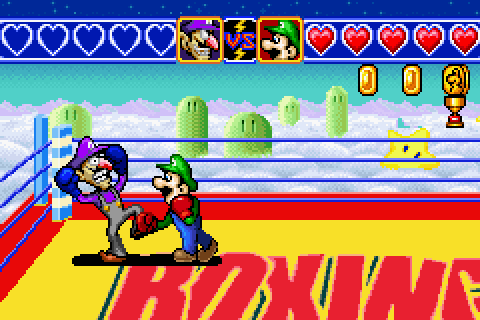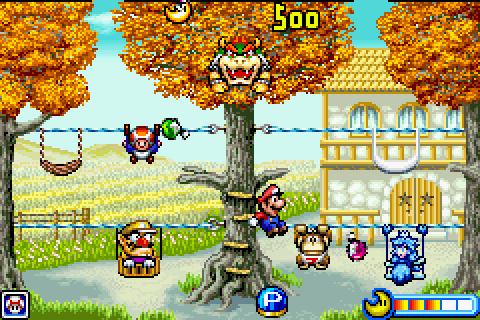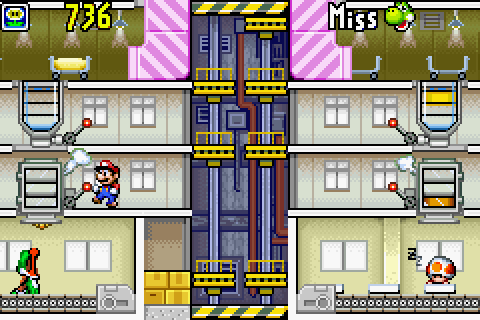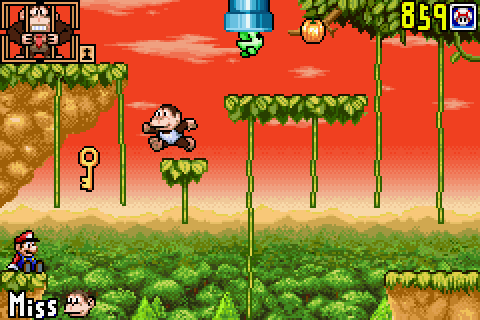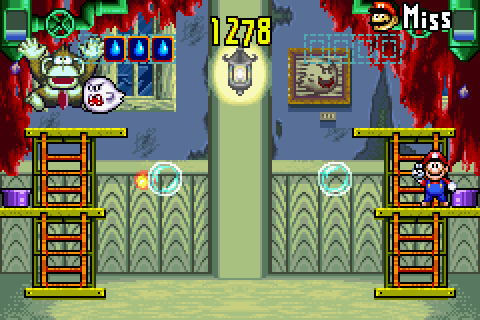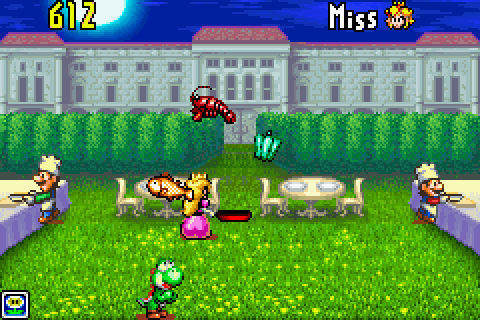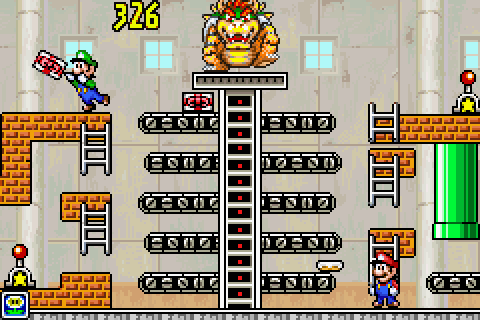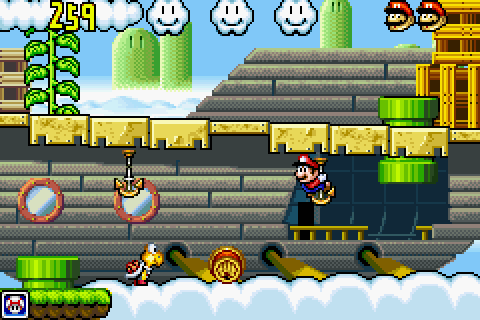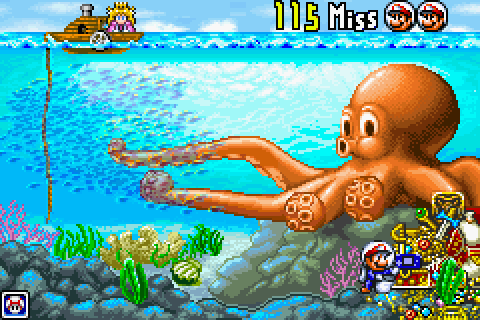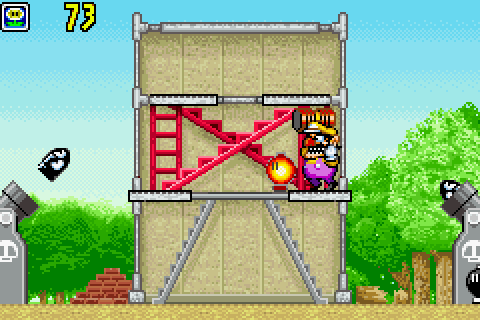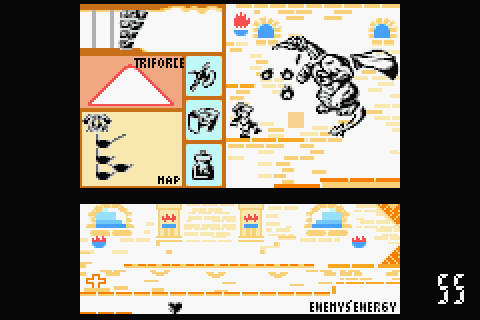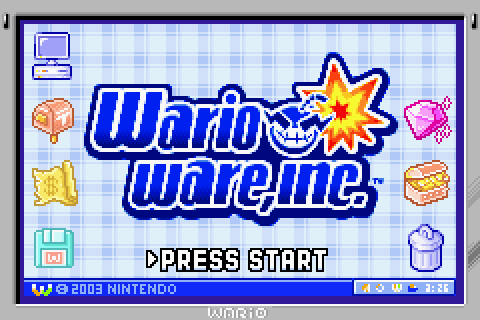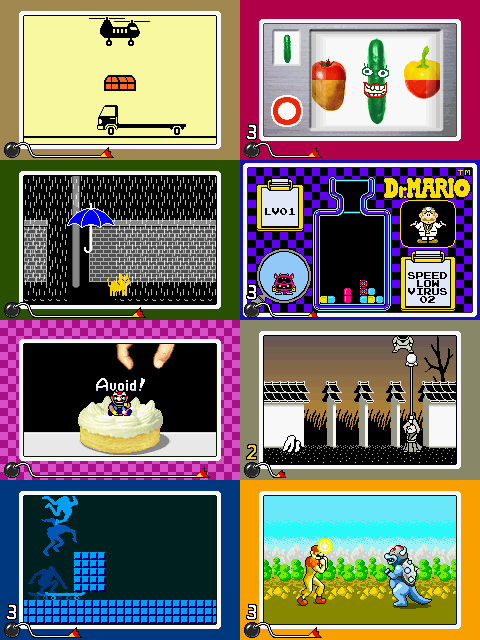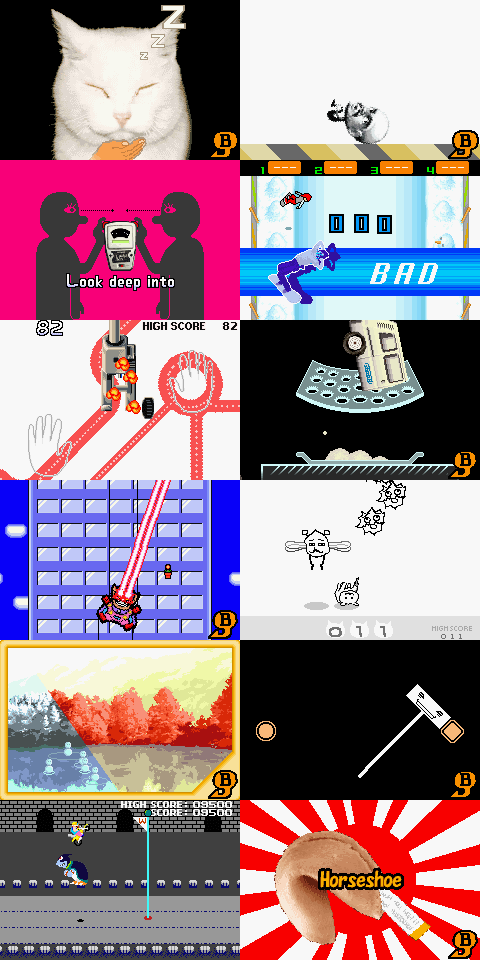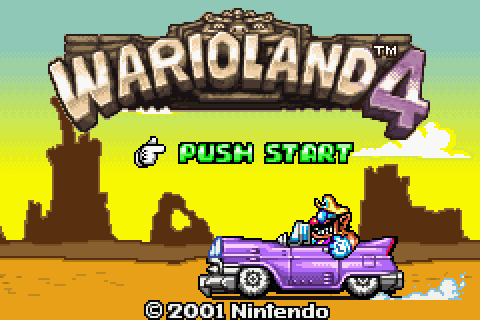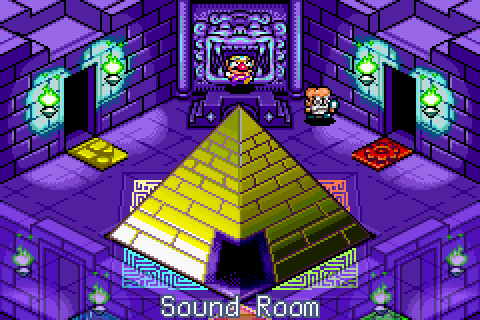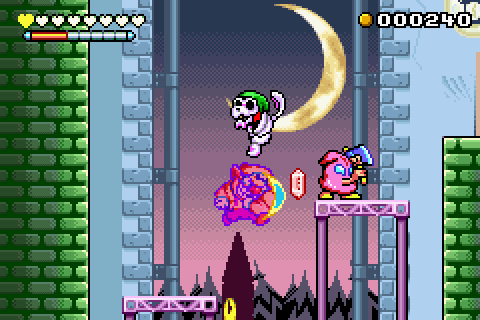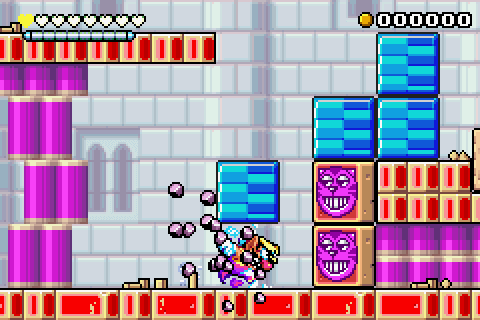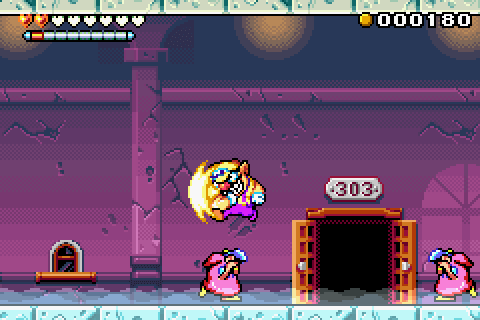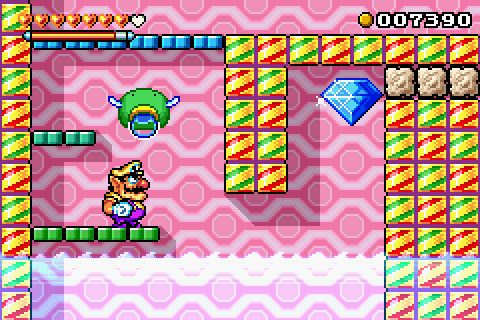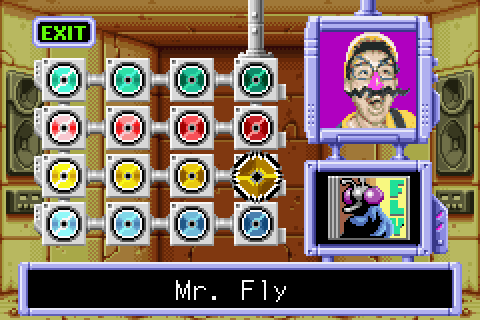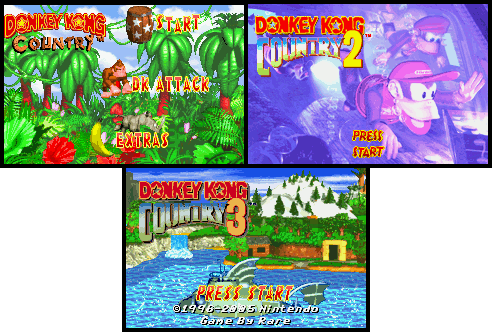
I figure I might as well talk ’bout this, too, e’en though I only truly played the 1st 1 when I was young.
The Donkey Kong Country remakes get particular flak, not all undeserved; however, they’re much better than the Super Mario Advance remakes. In particular, I remember how excited young me was when I realized Donkey Kong Country Advance had a photo album like Super Mario Bros. Deluxe, after being disappointed by their absence in Super Mario Advance.

The Donkey Kong Country remakes also have mo’ creative minigames than the same Mario Bros. remake included in every Super Mario Advance game — as well as Mario & Luigi: Superstar Saga, bizarrely ’nough.
Also, as I mentioned in the Super Mario Advance article, I felt like the Donkey Kong Country Advance games had better controls & physics. For the most part, they seem to be the same, whereas Super Mario Advance’s felt wiggly. I remember how bewildered I was that I kept dying in “Valley of Bowser 4” in Super Mario Advance 2 till I tried it in the SNES Super Mario World & beat it easily. I’m not sure if ’twas the controls or the bigger camera, but something ’bout the SNES version was much easier. Meanwhile, I can easily beat Donkey Kong Country Advance on Hero Mode — a hard mode that makes one play as only Diddy with just 1 hit & no checkpoints, unlocked after 101% the main game.
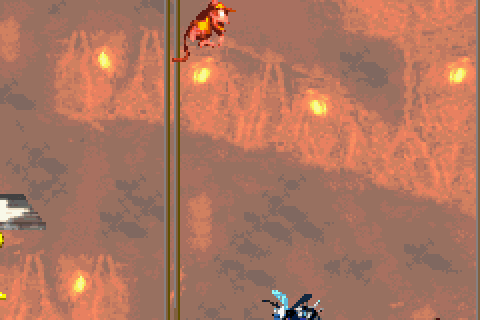
Indeed, the Donkey Kong Country Advance games have so many fun additions that their downsides always irk me — a common problem with remakes. How I wish someone could combine the best elements o’ these games into 1 perfect version. I e’en remember I once tried to hack the original Donkey Kong Country to make it act as “Hero Mode”, only to find out how precarious editing levels in that game is. I used to have a video o’ 1 o’ the outcomes o’ the seemingly innocent deletion o’ a midway barrel in “Stop & Go Station” that I hope I still have.
As expected, the aesthetics were the prime victim o’ these remakes. The music is softer & tinnier, which is particularly problematic for Donkey Kong Country’s darker, mo’ atmospheric music. I’ve heard some people online say the Game Boy renditions were better; & I can’t say I entirely disagree.
The 3rd Donkey Kong Country game e’en had a new soundtrack made by the main composer for the 1st 2 games, David Wise, which has a mixed competition with the original. Some are better, most are less good. I actually prefer the GBA “Jungle Jitters”, “Water World”, & bonus music. & the 2 boss themes are better than the boss themes in the SNES version . The GBA version o’ “Stilt Village”, “Mill Fever”, “Nuts & Bolts”, “Pokey Pipes”, & “Rockface Rumble” are good in their own right, albeit not better. But the GBA versions o’ “Treetop Tumble” & “Frosty Frolic”… Ugh. ’Specially “Treetop Tumble”: the SNES version is my favorite forest theme o’ all time. It’s just jarring to play a level like “Ripsaw Rage” with that silly GBA version. Seriously: compare them — there’s no contest.
In general, the GBA versions are poppier & mo’ upbeat. Like with the graphics, this works when the levels are bright, colorful places like the underwater stages or the “stilt” stages, but falls apart in the darker levels, like the forest levels.
That said, one could praise the GBA versions for a’least being something new. Think o’ the alternative: if they’d just reused the SNES versions in the GBA’s inferior sound capabilities, we’d still be bitching ’bout how shitty it sounds, much like with the 1st 2 remakes. It’s like criticizing an NES game for not having music as good as the SNES DKC games; it’s technologically impossible. There was literally nothing they could do. The fact that I can say the 3rd remake has some songs that are better than the SNES’s puts it @ the top, since I couldn’t say that for a second for any song from the other 2 remakes.
Unsurprising, the graphics are e’en mo’ butchered, e’en mo’ washed out, & simplified. We have the same supernova curse from which the Super Mario Advance games suffered, which, ’gain, is e’en mo’ worse for these games with their darker tone. They also seem to have simplified graphics, probably to better fit them on the smaller screen, since Donkey Kong Country’s graphics were rather big e’en for a TV screen.
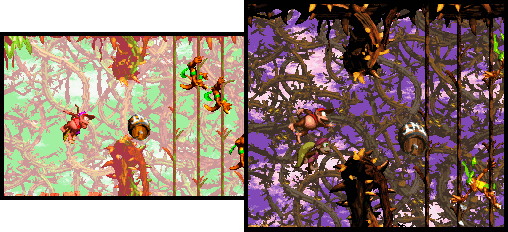
We also have added sound effects, though they’re not as bad as Super Mario Advance’s. ( To be fair, the original Donkey Kong Country games had some voices, too, so it’s much less jarring. ) To be honest, I’m kind o’ amused by Donkey Kong’s “wuuuuugh..”. when he falls in a hole, though it ruins the amusing solemnity that the original game had by simply making a balloon pop. I don’t know what they were thinking when they decided to make Rambi hopping make a high-pitched “¡BOING!” sound, though.
Also, for some reason, somebody decided that the game became better if it stopped you to have Cranky gab on for minutes after every boss & that the game needed long cutscenes to ’splain the game’s plot, since it’s like Ulysses in its complexity. I prefer the simplicity o’ the original games wherein you could just go into DK’s banana hoard & see for yourself that it’s been stolen or get a quick note in a room on K. Rool’s ship that he took DK. But it wouldn’t be a modern game without wasting people’s time.
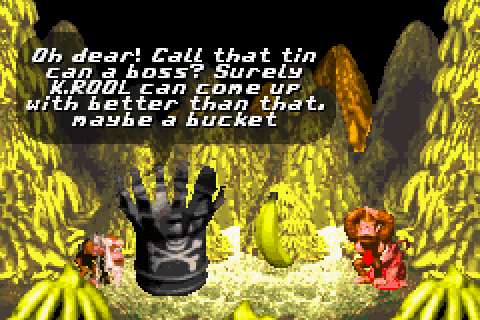
In general, the tone & atmosphere o’ these games is utterly butchered. As I mentioned in an earlier article ’bout the Donkey Kong Country trilogy, the 1st game had a comic seriousness to it. The Game Boy Advance version with its washed out, brightened colors; tinny music, & high pitched noises ruins that completely.
On the other hand, the remakes have a tone & feel all their own, & are sometimes better, gameplay-wise. ’Specially the 3rd game, which looks much less washed-out ( strangely, the Zingers look darker than the SNES version ) . While some levels are still too bright, such as “Murky Mill”, which is s’posedly so dark that shitty elephant Ellie can’t see the rats not under the lamps. But the levels that are s’posed to look bright, like “Tidal Trouble”, still look gorgeous.
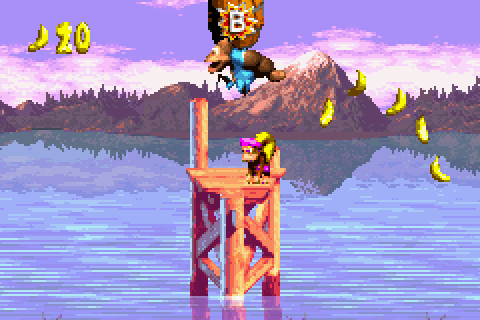
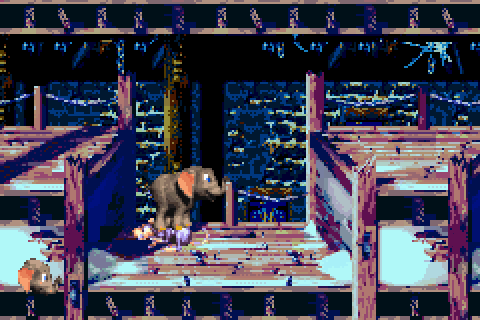
They also have extra collectible requirements for perfect completion. The 1st GBA game now requires you to get all the KONG letters in every level, which none o’ the SNES versions did, & some have extra collectibles, such as Donkey Kong Country 2’s Espresso feathers. While I feel the KONG letter change was probably for the better, since it actually made them relevant in a series in which getting tons o’ lives was e’en easy in the original & in which getting only a life for collecting 4 items oft out o’ the way was usually not worth the trouble ( ’specially when there are oft lives just floating round as single items ); however, the Espresso feathers felt unnecessary: Donkey Kong Country 2 already had a single item per level, the hero coin. & as mentioned, the 1st GBA Donkey Kong Country game has a scrapbook, as does DKC2. Sadly, DKC3 doesn’t.
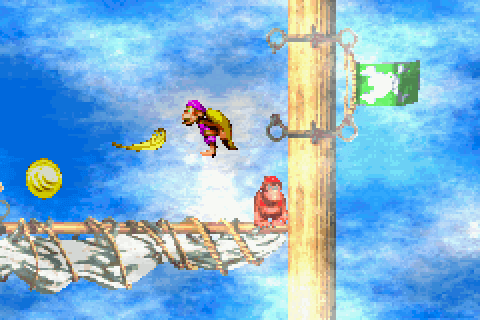
What it does have is much better: in addition to the new music I mentioned, it has a new world, “Pacifica”, with some rather creative & nice-looking levels. Included are a stormy “stilt” level that most o’ the way gives you the choice o’ a dry upper path & a watery lower path, an underwater forest level where you swim ’tween tree holes, a barrel-cannon canyon level reminiscent o’ “Bramble Blast” from Diddy’s Kong Quest, & a windy underwater level.
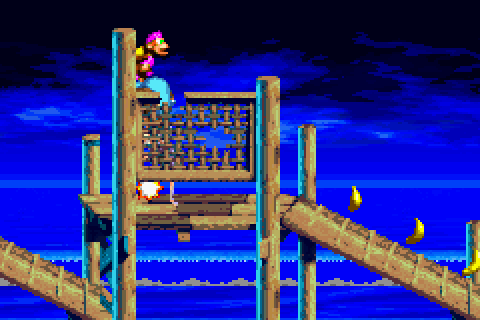
Ironically, if these levels have any flaw, it’s 1 that’s opposite o’ the flaw that the other Dixie’s Double Trouble level usually fell into: while the original levels fell into the trap o’ tying themselves too tightly to level gimmicks, leading levels to sometimes feel repetitive, these levels feel like they have too many elements thrown in, making them seem to lack focus. Still, ’cept for the last 1, “Surf’s Up”, they’re probably some o’ the best Dixie’s Double Trouble levels.
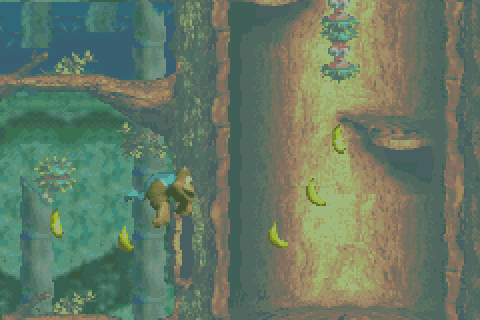
While I feel like the 1st 2 remakes play ’bout the same as the originals, DKC3 Advance feels mo’ mixed. I actually found the normal controls & Squawks felt tighter than in the SNES version; but Ellie controls like absolute shit, & tracker barrels in “Tracker Barrel Trek” shoot you all o’er the place. Both feel way too wiggly. Ellie also has ridiculous hit detection. In the 1st bonus o’ “Tracker Barrel Trek” I was laughing ’bout how I could shoot straight up through the bottom o’ a beetle & not lose, but falling off a cliff onto 1 did cause me to somehow get hurt. & don’t get me started on “Squirt’s Showdown”. I have no idea how you’re s’posed to survive the final pattern other than to exploit the bugginess o’ its water’s effect on Ellie & hope for the best. ( In the original, if you got sprayed by water, you were likely dead, as it’d just push you straight out; in this version, you can somehow glitch through it & survive being sprayed by it for quite a while sometimes. )
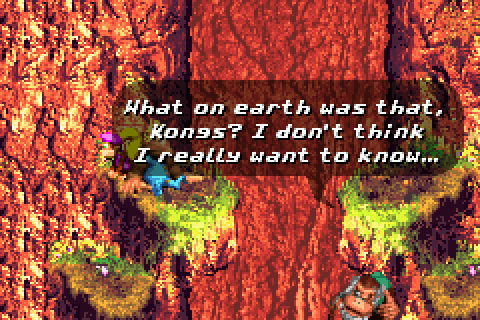
That was the shittiest DKC boss e’er programmed.
There are other li’l additions I could mention, but none o’ them truly impact these games much. The 1st remake makes Queen B., Really Gnawty, & Dumb Drum mo’ interesting — ’specially Queen B., who was actually quite fun. The 2nd remake adds a boss, Kerozene, who’s all right, but kind o’ slow. Also, the 2nd remake has this dumb thing where it makes you pay ’bout 10 banana coins to refight a boss, just to try beating an ol’ record & earning a few measly lives.
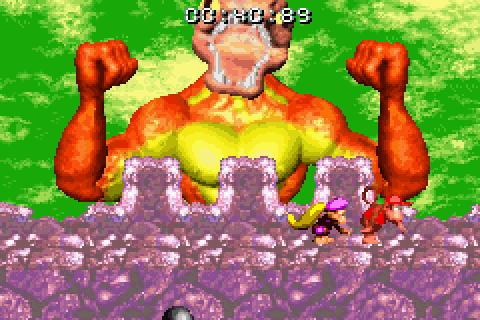
As for the extra minigames I mentioned, they have mixed quality. The 1st game had OK, albeit unoriginal games: there’s 1 where you have to catch ’nough o’ a certain type o’ fish before time runs out & there’s a rudimentary rhythm game with Candy. They can get a bit repetitive, — ’specially the Candy 1 — & you have to beat all o’ them to 101% the game, but they’re tolerable ’nough.
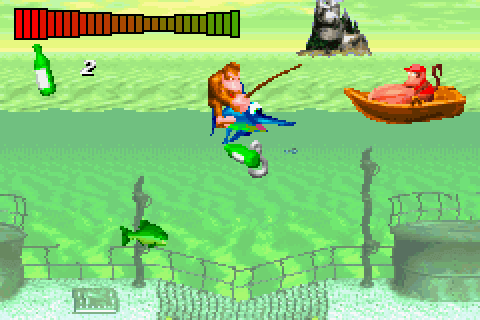
However, the minigames for the 2nd & 3rd remake blew:
Diddy’s Kong Quest had some Espresso race with characters so big they almost took up the whole screen & crowded it out, causing you to bump into every other character & be slowed to a crawl while they speed onward. The hit detection was also terrible: you have no idea how many times it looked like I stepped o’er speed arrows only for them not to register. Also, spending minutes slowly taking up time to show each contestant’s stats @ the start was not needed.
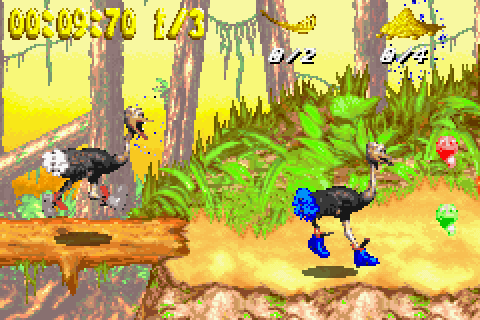
Its 2nd minigame was one where you fly round in a gyrocopter avoiding obstacles & walls & completing some banal tasks, which varied by level. The graphics also look like somebody puked all o’er them, complemented with Mighty No. 9 style pizza explosions.
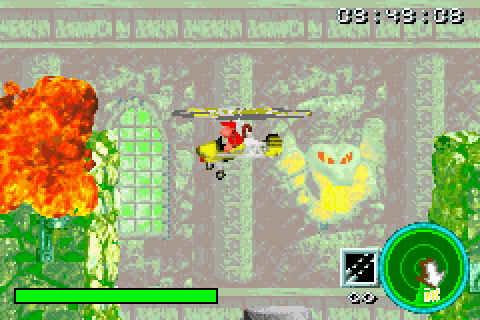
Meanwhile, DKC3 has some Game-&-Watch-like dojo game with Cranky wherein you have to block bouncing Spinies by holding in various directions as they near Cranky & some cheap knock-off o’ the bonus stage from Sonic 2, but with uglier, blurry pseudo-3D graphics that the Game Boy Advance was just great @. Thankfully, they only expect you to beat these games once to get the pointless Banana Bird, & then you ne’er have to touch them ’gain.
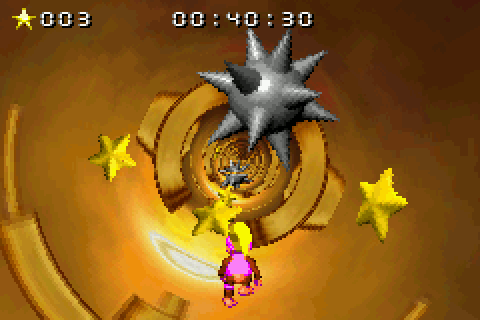
What’s worse ’bout the minigames in the 3rd remake is that they replace the much better 1 in the original: Cranky’s ball-throwing game. It may not’ve given you anything but extra lives & bananas, but it a’least trained you for Bleak. Plus, him sputtering taunts while crakily throwing colored balls in a carnaval fit him better than being black belt @ a god damn dojo. ¿What the hell were they thinking when they came up with that?
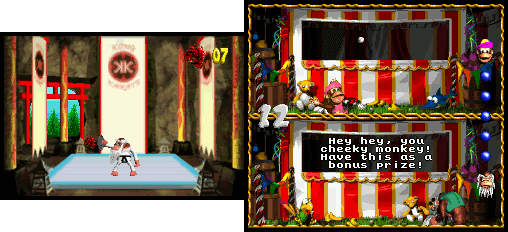
While the 1st game’s minigames felt simple & approachable, the 2nd 2 games’ felt clunky & awkward. The reason I couldn’t say much ’bout them, honestly, was ’cause I couldn’t be bothered to play them that much.
I may actually prefer the 1st remake to its original SNES version, despite the inferior aesthetics; but the 2 other remakes are definitely worse. The 3rd remake is a bit mo’ competitive thanks to “Pacifica”, but is hurt by its general bugginess & generally worse aesthetics.
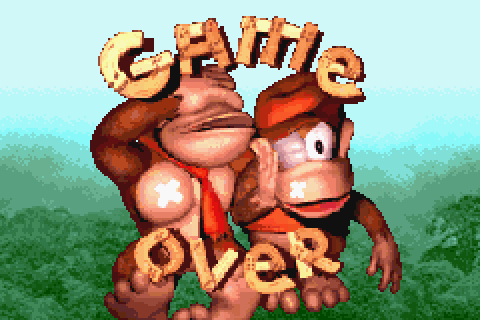
’Nother thing made worse: the 1st remake’s game o’er screen is less hilariously grim without the empty dark void o’ death.
Then ’gain, that background makes me think DK Jungle has been invaded by toxic clouds, so perhaps it’s e’en mo’ grim.


